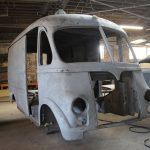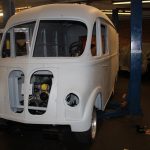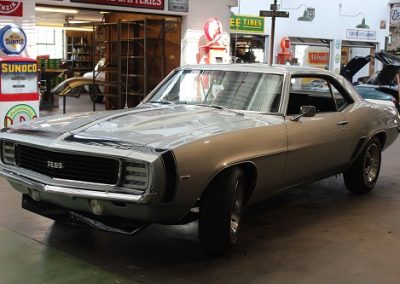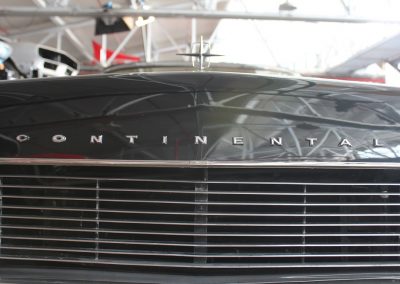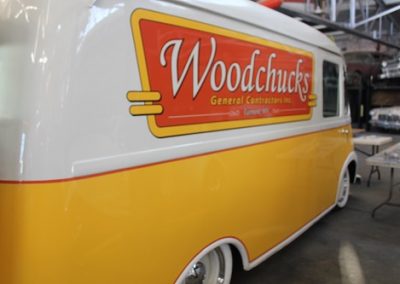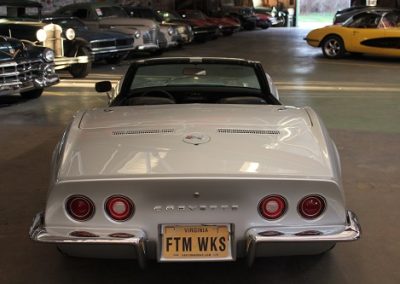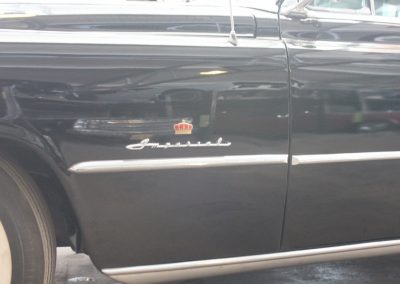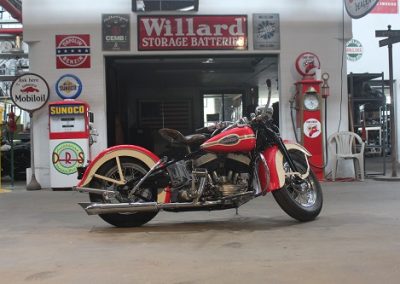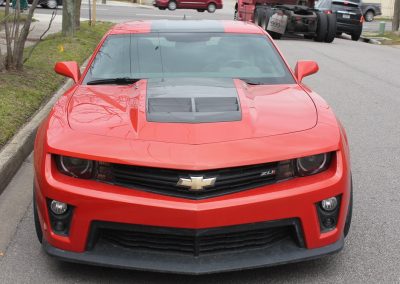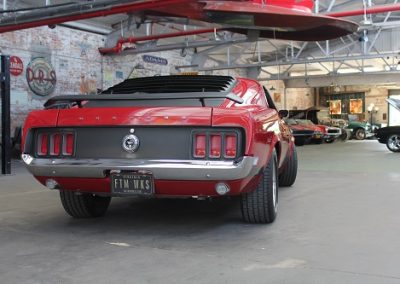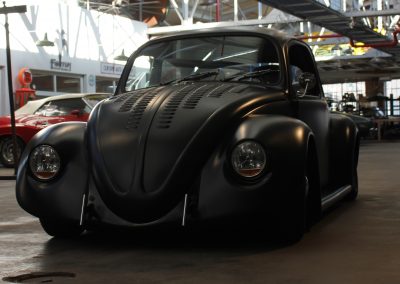1961 International Harvester Metro

As seen on Season Eight of FantomWorks
Owner Insight:
Explore the Project Galleries
Arrival
Disassembly
Strip & Metal Fab
Mechanical
Body & Paint
Trim & Detail
Finish
- rear
- cockpit
The International Harvester Metro Van is a step van, also known as walk-in or multi-stop delivery truck. This vehicle type was one of the earlier, mass-produced forward control vehicles, once commonly used for milk or bakery delivery, as well as ambulance services, mobile offices, and radio transmitter vans. Typically, they were 1/2-, 3/4-, or 1-ton panel trucks that allowed the driver to stand or sit while driving the vehicle.
Variations included a passenger bus called a Metro Coach, a Metro partial cab-chassis with front-end sections (for end-user customization), and a cab-over truck called a “walk-in cab”. The truck (also called a chassis cab) variation could be configured with a separate box or container for cargo transport or left open to be fitted with other equipment such as a compactor for a garbage truck or a stake bed.
The International Harvester Metro Van was produced in the United States from 1938 until 1975 and sold internationally. The drive train was originally based on the 1937-40 D-Series trucks. One of the first models built was sold to the Czechoslovakian Army and destroyed by the German army during World War II.
Unlike their trucks and other vehicles, the Metro bodies were built by the Metropolitan Body Company on Grand Street in Bridgeport, Connecticut, a company that International Harvester would later purchase in 1948. Final assembly was then done in one of the IH manufacturing plants. The original design was by Raymond Loewy of Studebaker and Coke bottle fame. The Metro design was one of several with which Loewy was involved or created during his association with International Harvester.
The overall design of the Metro vans remained somewhat unchanged from 1938 until 1964 when it was redesigned by the in-house design team in the Chicago Metro plant to be competitive with the Boyertown and Hackney vans. The corners were squared and an opening hood was added for easier access to coolant and oil dipstick. An eight-cylinder engine was also made available.
In the 1950s, International Harvester began producing variations such as the “Metro-Lite,” and “Metro-Multi-Stop” vans. In 1959, the “Metro Mite” was introduced. It was based on the Scout drive train. In 1960 the “Bookmobile” was built by the Metropolitan Body Company on an IHC chassis. By 1972, all IHC Metro Vans were stripped-chassis that other manufacturers could build on. After 1975 they were discontinued along with all other light-duty trucks except for the Scout, which was last made in 1980.
https://en.wikipedia.org/wiki/International_Harvester_Metro_Van











